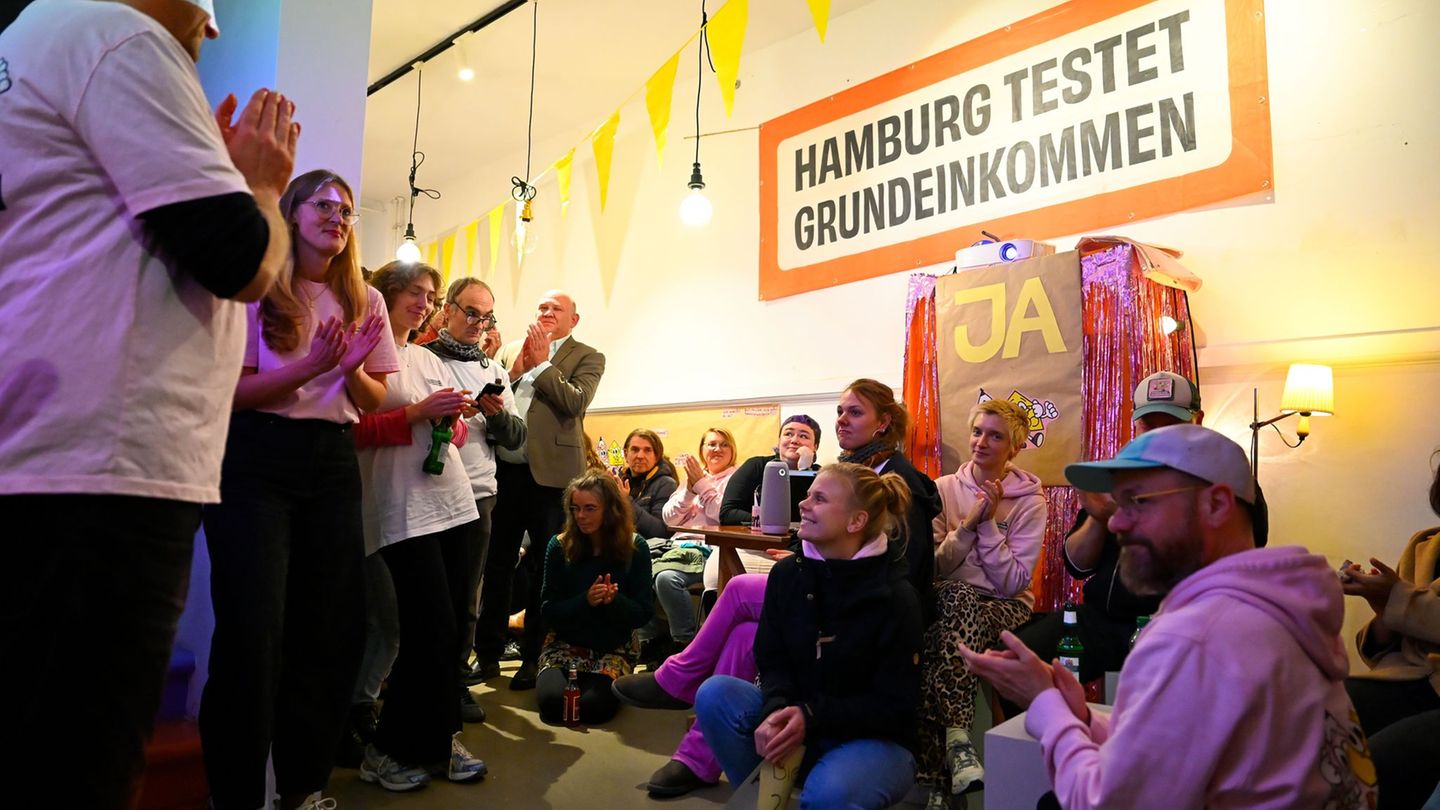It’s not a normal job, it’s more of a challenge, because the funeral leader is the organizational heart of every funeral and the link between priest, undertaker and relatives. It also takes sensitivity and empathy. Both have hop. And in addition a voice that fills the sacred space with the atmosphere required for the occasion while awake.
The fact that every funeral has its own procedure does not make the organization any easier for the funeral leader. Special requests from the deceased, suggestions from the bereaved, farewells with or without Holy Mass, and finally burial or an urn. “The latter are increasing,” reports Franz Hupf.
Cemetery as a workplace
Anyone who visits a cemetery in the evening before All Saints’ Day will be impressed by the sea of lights from the burning candles. They are the sign that the bereaved have not forgotten their deceased.
For Franz Hupf, the Zell am Moos cemetery has become something of a workplace. He is already the master of ceremonies in the laying-out hall, then accompanies the funeral procession with prayer to the church, helps to bring the coffin into the church, while his wife Maria distributes the commemorative pictures in front of the church door. After the funeral, the 68-year-old invited the bereaved to conduct the funeral. Soup and Totensemmel used to be served, then beef with horseradish. “Today you’re more flexible,” says Hupf.
The final act at a funeral is called prayer. Five Our Fathers are customary in Zell am Moos. “That’s God’s reward for the food. And the God-giver is the deceased.” Say it and call to prayer with the handbell.
Source: Nachrichten




